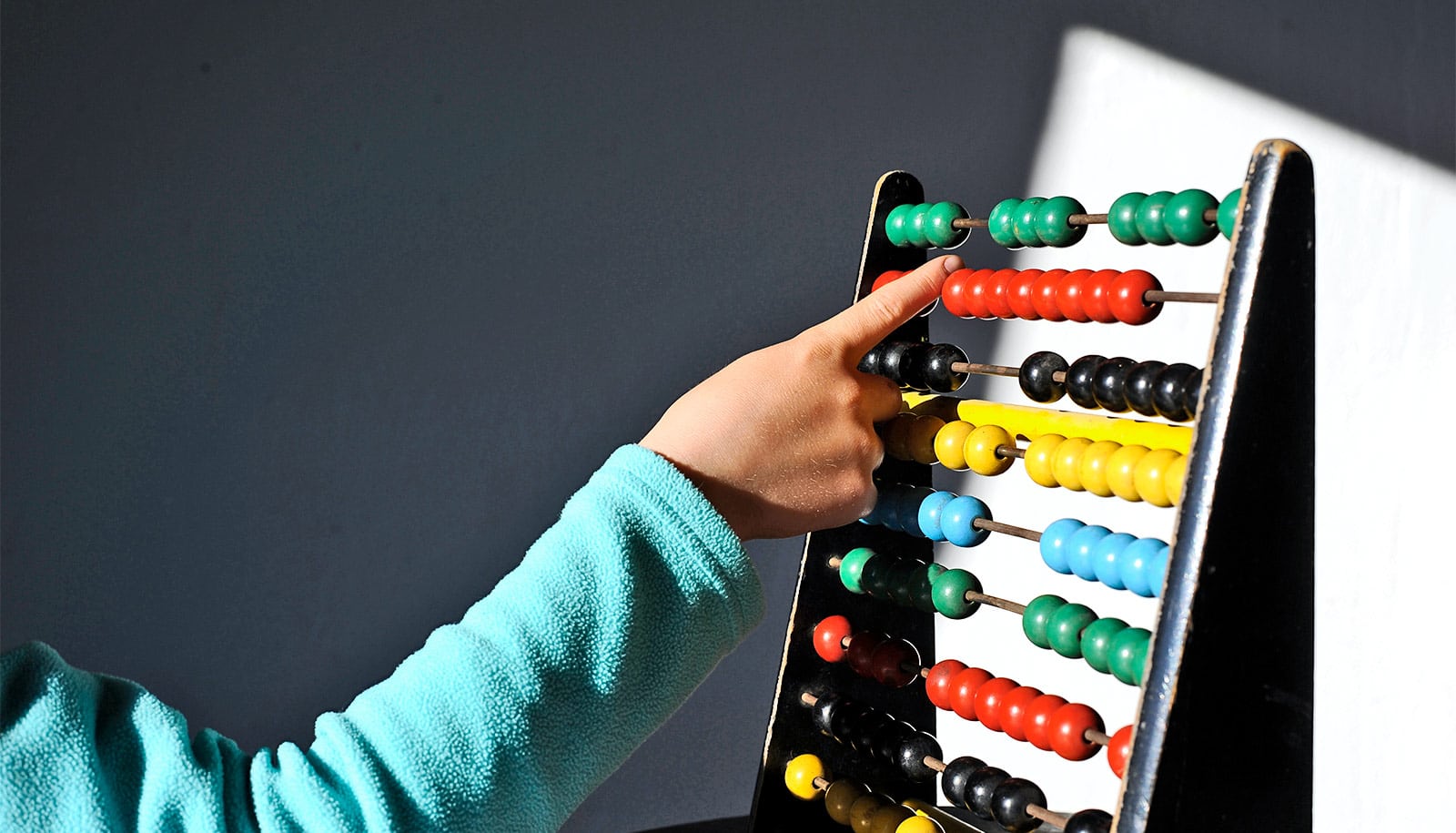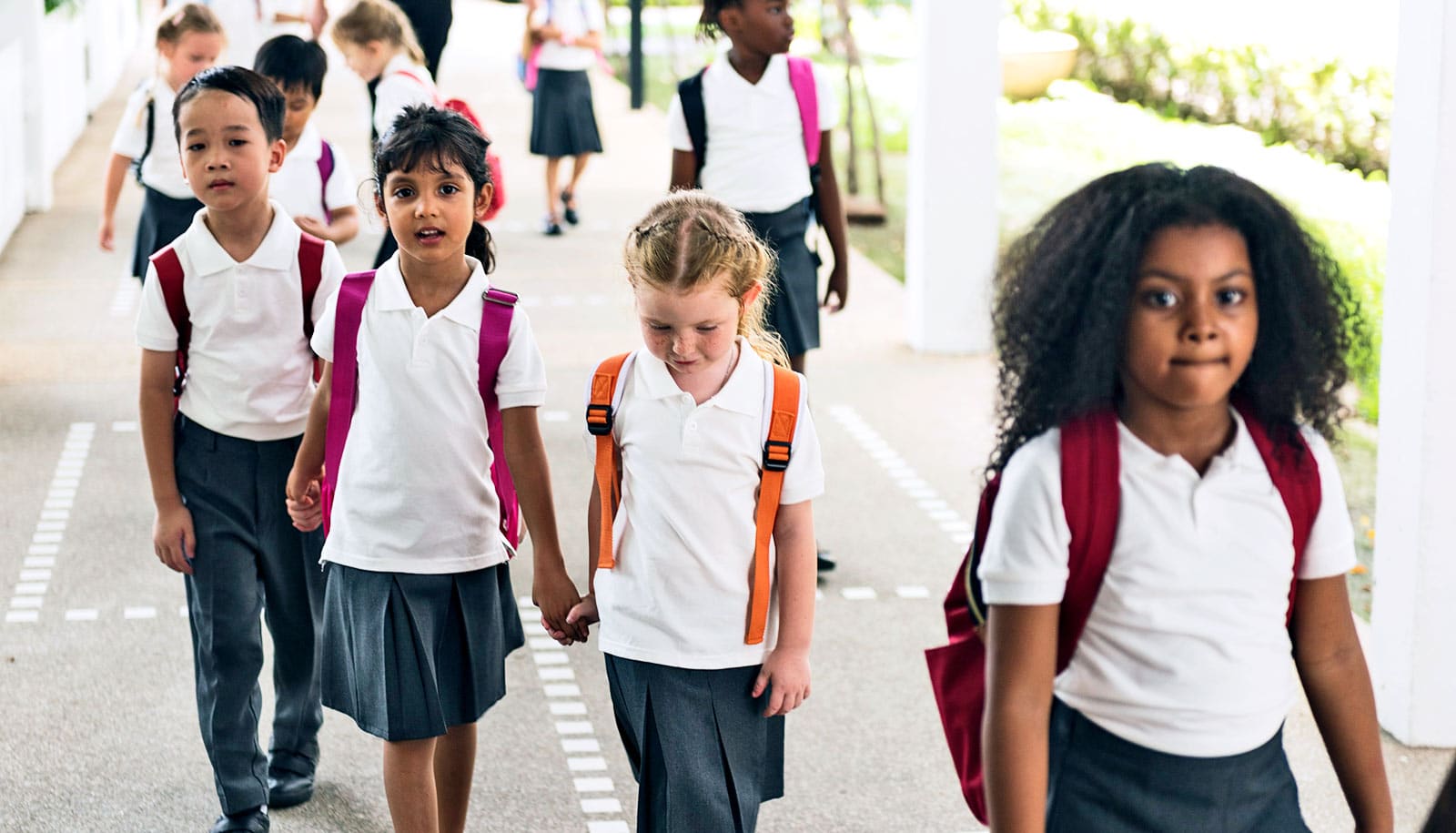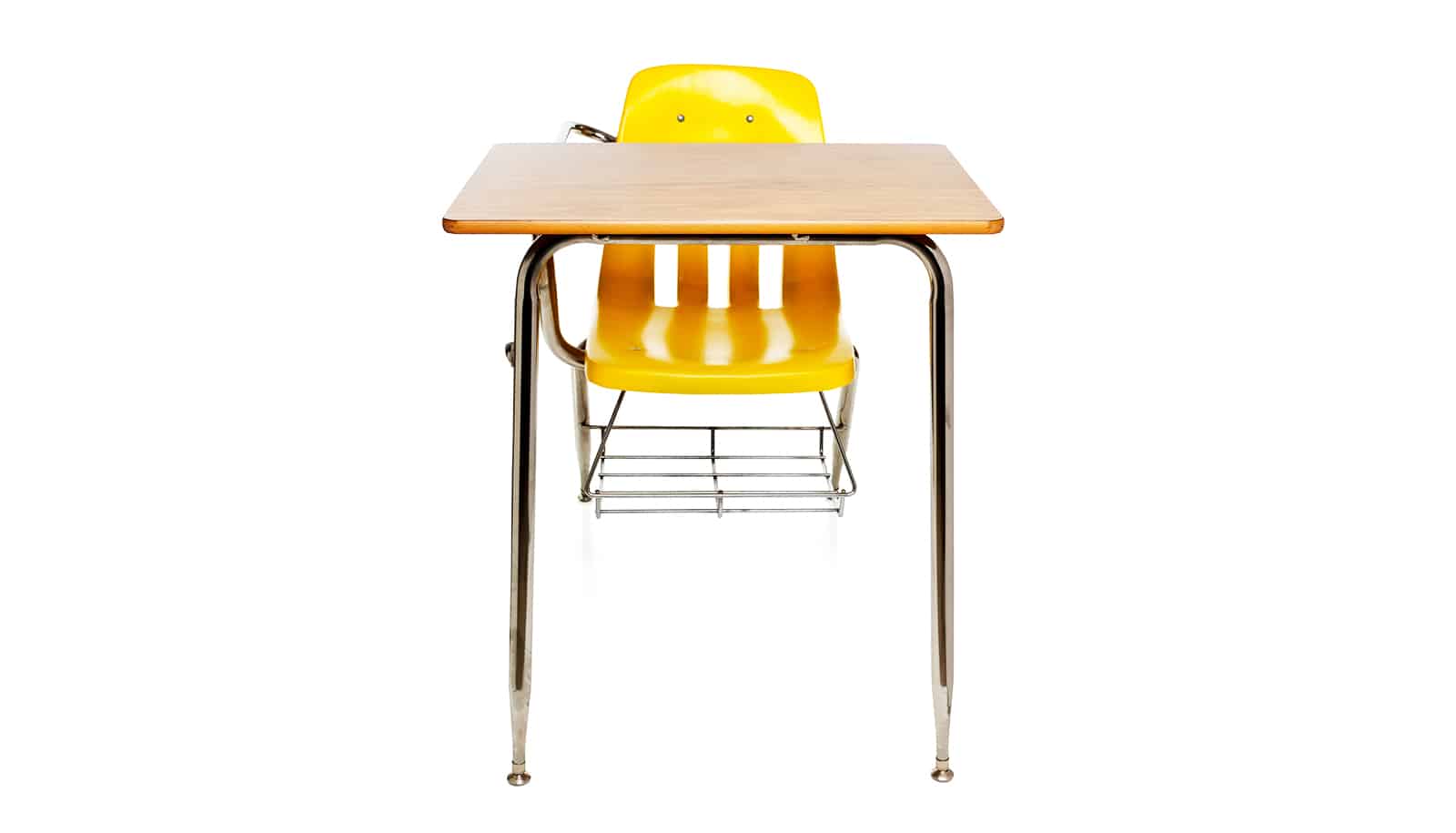School choice offers options not limited to neighborhoods of residence, but does it benefit students and the education system? Economist John Singleton weighs the pros and cons.
One of the biggest decisions that parents in the United States make is about where to send their children for school from kindergarten through grade 12.
Singleton, an associate professor of economics at the University of Rochester, studies the intersection of public economics and the economics of education—specifically, the topic of school choice.
With a new school year already underway or on the horizon for many, he shares insights everyone should know about school choice, whether or not you’re currently the parent or guardian of school-age children.
“Taxpayers are now financing education at charter schools and, to some extent, private schools,” Singleton says. “So, there are very real concerns about the impact on resources at traditional public schools, and what that means for public education and society more broadly.”
First, what is school choice?
School choice refers to a set of policies that create options for families and students that are not directly linked to their neighborhood of residence.
The concept of school choice has changed drastically in the last three decades. Until the mid-1990s, it typically involved moving to a different neighborhood or sending a child to a private school at the parent’s or guardian’s expense. Then, in 1991, Minnesota passed the country’s first charter school law. In the three-plus decades since then, charter schools and other school choice options have proliferated.
Today, school choice means that parents can opt to send their K–12 children to:
- Public schools, where children are often assigned based on area school boundary maps and zoning.
- Magnet schools, which are a category of public schools that often focus on specific areas of study, such as STEM, and may have selective admissions.
- Charter schools, which receive government funding yet operate independently of state school systems and local districts. Charter schools are tuition-free and must accept all students who apply, as long as there is room for the students.
- Private schools, which are run by private, sometimes religious, organizations, charge tuition, and may be selective. In a growing number of states, voucher or scholarship programs exist that provide government funding to defray the cost of tuition for eligible students.
Parents can also opt to homeschool their children, but Singleton limits his work to school choice policies adopted by school boards and governments.
An important point to keep in mind, Singleton notes, is that in the United States, “fewer than 10% of all students are attending charter schools, and maybe another 10% attend private schools. So, by and large, most students are staying in the public school system.”
Safety is a major factor for parents when choosing schools
In exercising school choice, parents consider a variety of factors when evaluating school alternatives.
“Parents wonder, is this going to be a stable school environment? A safe school environment? Do the teachers care? Are they putting in a lot of effort? Are the school’s values aligned with my own?” Singleton says.
Although it can be challenging to discern exactly what parents are thinking when choosing schools, “there’s very clear literature that one of the things they’re concerned about is school safety,” he says.
School choice seems to benefit both individuals and the public education system as a whole
On an individual or family level, a student may be assigned to a local public school that’s not the best fit for them or that may not be a good school overall.
“School choice creates options for those students to find a better or safer school, or one that better matches specific values, such as respect, service, or compassion,” says Singleton.
On a broader level, school choice has what’s called spillover effects. Exercising school choice potentially benefits not only the individual student, but also the students who stay in their assigned public schools. Why? Because school choice creates competition in the education sector.
“If money is following students from public schools into private schools and charter schools, that creates incentives for public schools to retain students, so they’ll have to raise their productivity,” he says.
Of course, how exactly those positive spillovers manifest remains a major question in the empirical literature.
Notably, private school vouchers don’t benefit the students they were originally designed to help
While private schools have long been a schooling option for families, Singleton says, there are often barriers to entry, including admission standards or tuition fees.
Private school voucher programs use public funding to give students scholarship or other financial support to attend private schools. These voucher programs have historically targeted economically disadvantaged students attending low-performing public schools, explains Singleton. Yet the students who actually use such vouchers tend to be more advantaged, higher-performing students.
Why aren’t more economically disadvantaged students using vouchers? The reasons are twofold, according to Singleton.
The first is information: “Parents and students may not know that they are eligible for vouchers or know how to navigate the process of redeeming it to attend a private school,” he says.
The second reason is access. “Just because a student is eligible for a voucher does not mean there’s a high-quality private school that agrees that the school fits the student’s needs. Also, transportation to private schools is typically not available to economically disadvantaged students,” he says.
Few high-performing students from disadvantaged backgrounds apply to selective schools, such as magnet schools and private schools
There’s been a lot of discussion about how to make the student body in selective schools more diverse. What policies can be enacted to make such schools more reflective of a school district’s student body?
Part of the issue, according to Singleton, has to do with students who are not applying. “If you look at students from disadvantaged backgrounds—who are often from underrepresented minorities—those students are much less likely to be applying to selective schools in the first place. These are students who we would reasonably believe would be very successful at these schools, but they’re much less likely to be applying to those schools than students from other backgrounds. Why that’s happening is an open question right now,” he says.
Some of the best evidence about charter schools’ effectiveness comes from lottery situations
Charter schools are not allowed to turn away students unless there are capacity constraints. If schools are oversubscribed, a lottery is held to determine who gets admitted.
These lottery situations produce random assignment, Singleton says. “The students who get into the charter schools through a lottery serve as a treatment group, while those who don’t get in serve as a control group.”
Studies have shown that students who received lottery offers to charter schools ended up with better test scores and college outcomes compared to those who didn’t receive lottery offers to those charter schools.
“This conclusion, however, only applies to the specific lottery situations studied,” he cautions.
Charter schools don’t necessarily outperform traditional public schools
“The average charter school is often not better than the average public school. In some cases, they’re actually worse,” says Singleton, who bases this assessment on data estimates he’s generated from Florida and North Carolina, two states with large numbers of charter schools.
“If we expand school choice, we have to take into account that not everyone is going to attend a high-quality charter school. Market factors may force some schools to go out of business, and there’s some evidence suggesting those forces may be at work. Parents, however, may still prefer those schools for other reasons, such as values or safety.”
But they do tend to improve student performance at nearby public schools
This is likely for the same reason that school choice in general benefits public education: spillovers and market competition.
The research indicates that when a charter school—particularly one that emphasizes math and reading—moves close to a local public school, the test scores of the students in the public school go up relative to the scores of public school students who do not live near that charter school.
“If a charter school moves next door, the nearby public school risks losing students. As a result, the public school is going to increase its productivity, increase its effort, and hire better teachers,” he says.
So, while people are right to worry about the fiscal impacts of charter schools on traditional public schools, it seems the overall educational impact on public schools is positive.
Expect a very different school choice landscape post-COVID.
“There was a lot of momentum for charter schools under the Obama administration, and there was a lot of stated momentum under the Trump administration that never really materialized,” he says. “Now, though, charter schools have fallen by the wayside as a priority in federal-level education reform circles.”
Some of that can be attributed to the legacy of the COVID-19 pandemic, which presented an unexpected shock to the school choice system as a whole.
“COVID forced many families to evaluate if they were satisfied with their children’s schooling,” he says. “Were they pleased with what was available, or were they going to seek alternatives? I think we’re still seeing that quandary play out—and it’s going to have longer-lasting effects than the pandemic itself.”
Source: University of Rochester



